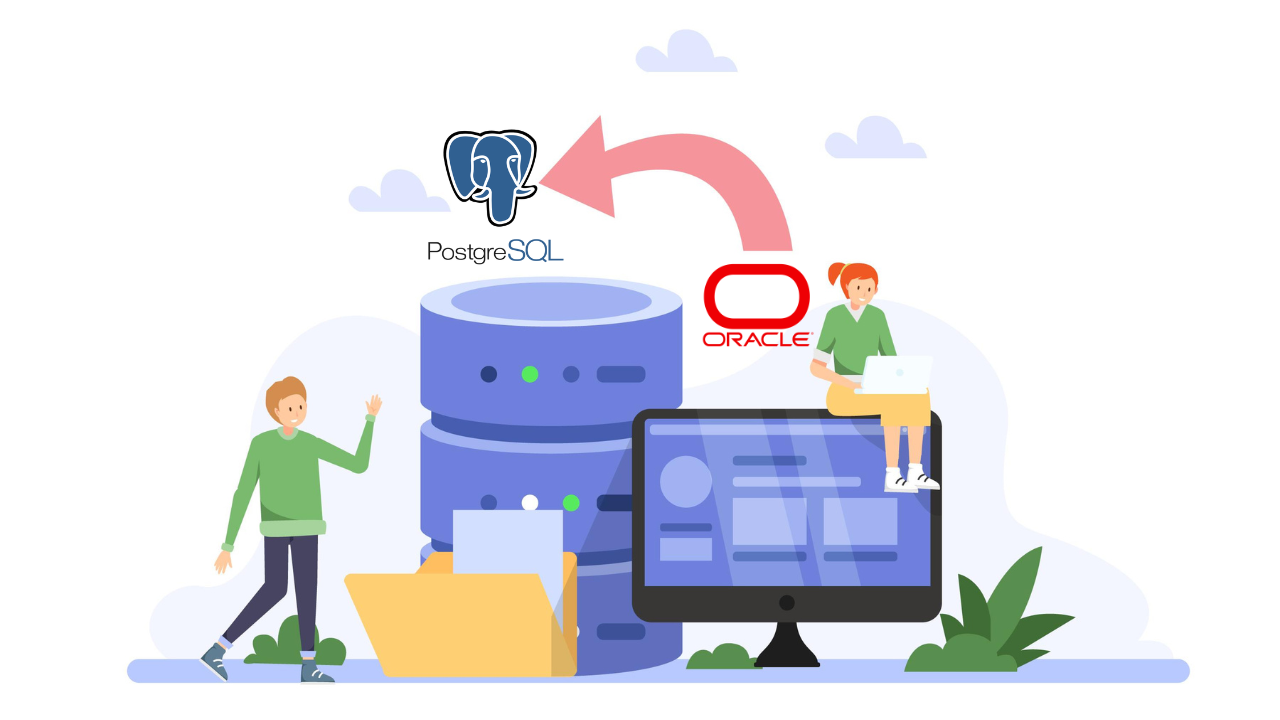What Happens When You Click 'Buy': The Journey of an Online Order

It feels magical to click "Buy" on your preferred e-commerce website. Your order is verified in a matter of seconds, and you receive an email with a purchase summary. To make it all happen, however, a symphony of systems and procedures kicks in underneath. Let's explore what occurs when you hit that button in a technical yet understandable way.
1. The Click: Sending Your Request#
When you click "Buy," the e-commerce platform's server receives an HTTP POST request from your browser. This request includes:
- Your user session data (to identify you).
- The cart contents (items, quantity, prices).
- Your shipping address and payment details (encrypted for security).
Key Players Here:
- Frontend Framework: React, Angular, or similar, which builds the UI.
- Backend API: Handles the request and processes your order data.
- TLS Encryption: Ensures sensitive data (like credit card info) is securely transmitted.
2. Validating Your Order#
The server begins a number of checks as soon as it gets your request:
a. Stock Availability To make sure the items are in stock, the backend makes queries to the inventory database.
Insufficient quantity causes the server to return an error such as "Out of Stock."
b. Payment Authorization To verify your payment method and retain the funds, the server communicates with a payment gateway (such as PayPal or Stripe).
Steps:
- API Request to Payment Gateway: We provide your encrypted payment information for approval.
- Gateway Response: The gateway puts a "hold" on the amount if it is successful.
c. Fraud Detection To check for warning signs, e-commerce platforms frequently put the order through a fraud detection system (e.g., mismatched billing/shipping addresses).
Explore Secure Payment Gateways
3. Order Confirmation#
Once validated, the backend generates an order ID and saves it in the database.
Database Entry Example:
You receive a confirmation email from the system through an email service such as SendGrid or Amazon SES. Usually, this email contains:
- Order summary.
- Estimated delivery date.
- Tracking information (once available).
4. Payment Processing#
While you receive your confirmation, the backend completes the payment process.
What Happens Here:
- The payment gateway transfers the "held" amount to the merchant's account.
- The e-commerce platform updates the order status:
5. Fulfillment: Packing and Shipping Your Order#
a. Warehouse Notification Through an ERP (Enterprise Resource Planning) or WMS (Warehouse Management System), the platform transmits your order details to the relevant warehouse system.
b. Picking and Packing
- Picking: The SKU (Stock Keeping Unit) codes are used by warehouse employees (or robots!) to locate the merchandise.
- Packing: Items are boxed, labeled, and prepared for shipment.
c. Shipping Integration The system integrates with a shipping provider's API (e.g., FedEx, UPS) to generate a shipping label and tracking number.
Example API Call:
6. Delivery Updates#
Following shipment, you receive tracking information and the order status is updated.
How Tracking Works:
- At each checkpoint, the shipment is scanned by the shipping company.
- The shipping provider's system is updated by these scans, and webhooks are used to send the updates to the e-commerce platform.
- The tracking page is updated by the e-commerce platform.
7. Post-Purchase Systems#
Delivery is just the beginning of the trip! A number of backend operations are still running in the background:
a. Feedback Collection You might receive a follow-up email from the platform asking you to evaluate the good or service after it has been delivered.
b. Inventory Updates If stock runs low, the inventory system may initiate restocking procedures and modify stock levels.
c. Returns and Refunds If you initiate a return, the system:
- Validates the request.
- Issues a refund via the payment gateway.
- Updates inventory once the item is returned.
Technologies That Make It All Possible#
Backend Infrastructure#
- Programming Languages: Python, Java, Ruby, or Node.js.
- Databases: MySQL, PostgreSQL for relational data; Redis for caching.
- Microservices: Divide the e-commerce system into more manageable, smaller services. (e.g., inventory service, order service).
APIs#
Third-party services including shipping companies, payment gateways, and fraud detection systems are connected to the platform via APIs.
DevOps Tools#
- Load Balancers: Ensure high availability during peak traffic.
- Monitoring: Tools like Prometheus and Grafana monitor server health.
- CDNs (Content Delivery Networks): Deliver images and pages faster by caching them globally.
Conclusion#
The next time you click "Buy," pause to admire the intricate mechanism at work. E-commerce platforms plan a smooth experience, from confirming your payment to liaising with shipping companies and warehouses—all in the blink of an eye. Although this system is powered by the cloud, APIs, and strong databases, it's the combination of these technologies that makes online buying so simple.
Nife.io provides an easy-to-use platform for managing and deploying your own applications, whether they are frontends, databases, or online stores. To get started, you can refer to the following guides:
